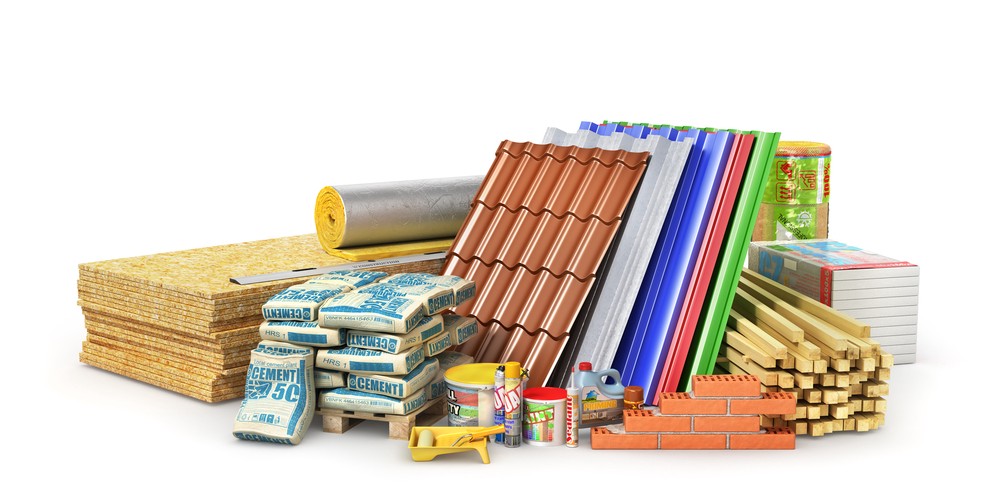Composites: Strong and Durable Construction Materials
Composites: Strong and Durable Construction Materials
Blog Article
Checking Out the Uses and Advantages of Recycled Composites in Modern Industries
The amalgamation of recycled materials with sophisticated composite innovations provides a promising opportunity for improving sustainability, strength, and cost-efficiency throughout numerous sectors. As sectors seek cutting-edge options to address environmental concerns and enhance functional effectiveness, the incorporation of recycled compounds arises as an engaging alternative.
Environmental Advantages of Recycled Compounds
The application of recycled compounds in modern-day sectors supplies significant environmental benefits, adding to the decrease of waste and the conservation of all-natural resources. By incorporating recycled composites into manufacturing processes, industries can decrease their dependence on virgin products, consequently decreasing the amount of waste generated and the energy needed for removal and manufacturing. This shift in the direction of making use of recycled compounds assists in diverting materials from landfills, easing the problem on waste administration systems, and lowering greenhouse gas emissions connected with conventional manufacturing techniques.
Furthermore, using recycled compounds promotes the conservation of all-natural sources such as wood, minerals, and water, which are frequently depleted through the removal and processing of basic materials (composites). By expanding the life-span of products through recycling, industries can aid protect ecological communities and biodiversity by reducing the demand for brand-new sources. Generally, the adoption of recycled composites in modern industries plays a vital function in promoting sustainability and mitigating the ecological impact of manufacturing processes
Improved Longevity in Product Manufacturing
With a focus on longevity and toughness, integrating recycled composites into product production processes improves toughness and sustainability. By utilizing recycled composites, manufacturers can develop products that are not only solid yet likewise immune to use and tear, making them optimal for long-term usage in different markets. The mix of different materials in recycled composites can often cause boosted stamina and durability contrasted to conventional products, offering an affordable solution for producing resilient items.
One of the vital advantages of utilizing recycled composites in item manufacturing is the capacity to tailor the product buildings to meet particular durability needs. By changing the structure and production techniques, manufacturers can customize the recycled compounds to endure extreme ecological problems, hefty lots, or frequent use without jeopardizing on performance. This versatility in style and manufacturing allows for the creation of highly long lasting items that keep their stability in time, minimizing the need for regular substitutes and eventually adding to a much more sustainable manufacturing procedure.
Cost-Effectiveness and Financial Advantages
Integrating recycled compounds right into item manufacturing not only improves durability and sustainability but additionally offers significant cost-effectiveness and financial benefits. Making use of recycled compounds can lead to minimized product expenses as recycled materials are frequently less costly than virgin materials. Additionally, recycling composite products can reduce waste disposal expenditures and reduce the requirement for land fill room, adding to overall expense financial savings for industries.

Technology and Design Flexibility With Recycled Composites
Making use of recycled compounds in modern industries uses unmatched possibilities for development and layout versatility. By incorporating recycled materials right into composite production procedures, business can press the limits of traditional layout restrictions and check out brand-new opportunities. The adaptability of recycled composites permits the development of complex forms and structures that may not be possible with conventional products.
One visit this site of the vital benefits of recycled composites is their capacity to be formed right into different forms, giving developers the freedom to experiment with one-of-a-kind sizes and shapes. composites. This flexibility opens up a world of imaginative opportunities, allowing the growth of lightweight yet long lasting products that fulfill the specific requirements of various industries
In addition, the use of recycled compounds advertises lasting techniques and sustains the round economic situation by reducing waste and minimizing the ecological effect of manufacturing procedures. This concentrate on green layout solutions lines up with the expanding pattern in the direction of sustainability in modern-day sectors, making recycled compounds a useful source for innovative and forward-thinking companies.
Applications Across Different Industries
Recycled composites find varied and impactful applications throughout a broad variety of industries as a result of their distinct properties and sustainability benefits. In the vehicle industry, these products are increasingly used for producing long lasting and light-weight elements, improving fuel performance and lowering carbon discharges. The aerospace market gain from recycled compounds in the production of airplane components, where the materials' strength-to-weight proportion is essential for making certain safety and performance. In construction, these compounds are made use of for creating solid yet environmentally friendly structure materials, adding to sustainable infrastructure advancement. The sustainable power industry utilizes recycled compounds in wind generator blades and photovoltaic panels, harnessing their toughness and resistance to severe ecological problems. In composites addition, the aquatic market uses these materials for producing watercraft hulls and elements, using improved longevity and deterioration resistance. The adaptability and sustainability of recycled composites make them important across different markets, driving innovation and ecological stewardship. composites.
Final Thought
Finally, the application of recycled compounds in modern industries offers substantial ecological advantages, boosted toughness in item production, cost-effectiveness, and economic benefits. The usage of recycled composites permits for technology and style versatility throughout different sectors. On the whole, the fostering of recycled compounds provides a practical and lasting service for fulfilling the demands of the sector while likewise reducing environmental effect.

One of the vital advantages of utilizing recycled compounds in item production is the capability to tailor the material properties to fulfill specific longevity needs. Using recycled compounds can lead to minimized material costs as recycled products are usually much less costly than virgin materials. The aerospace Visit This Link industry benefits from recycled composites in the production of aircraft components, where the materials' strength-to-weight ratio is critical for guaranteeing safety and security and performance.
Report this page